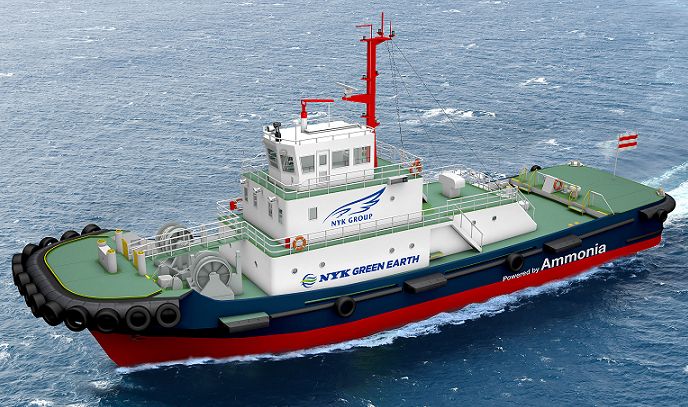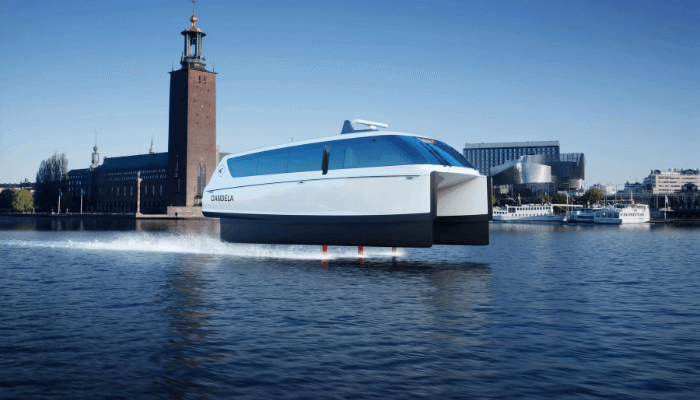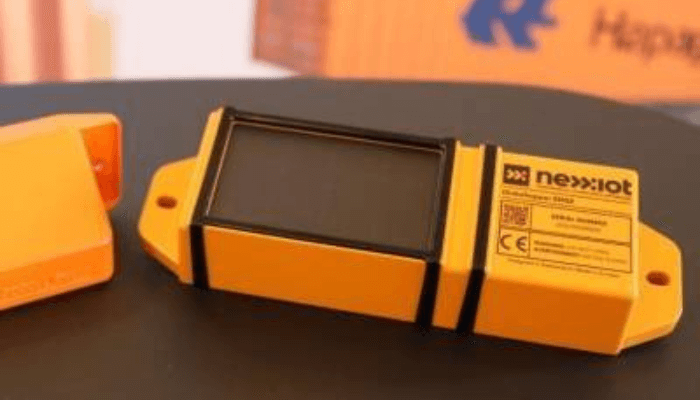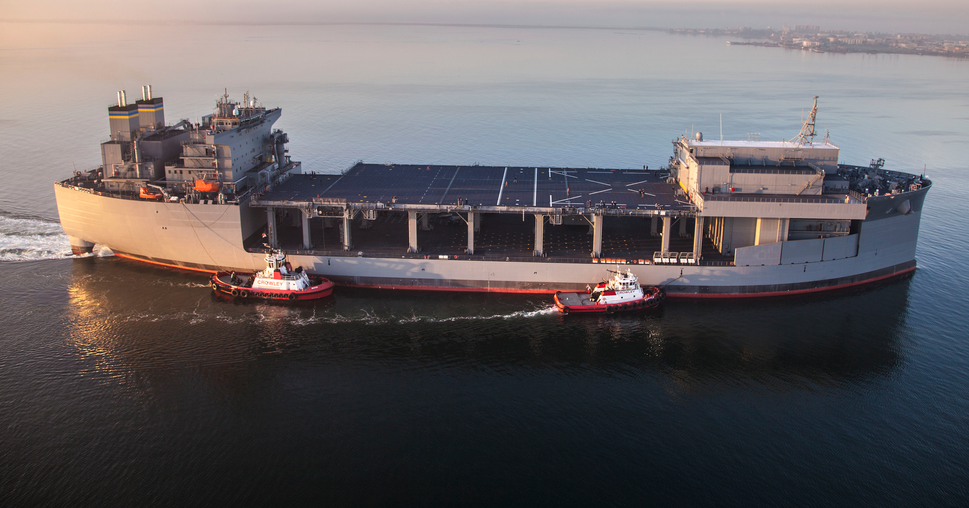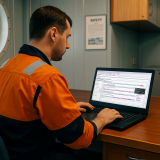Helm Operations’ annual user conference returns this September, offering customers the opportunity to meet with industry experts and discover the full potential of Helm’s innovative fleet management software solutions.
From September 22-23, Helm CONNECT users from all over the world will gather in Victoria, BC, Canada for Helm Conference 2022. For two full days, Helm Operations will celebrate the success of its customer community together with thought leaders, industry pioneers, peers, and technology experts at a high-energy event that will focus on training, information exchange and networking.
Taking place at the Inn at Laurel Point, the conference is a long overdue face-to-face for the company’s users, customers, partners, and friends. Helm’s success is based on developing new approaches which help customers optimize their operations and efficiently manage fleet-wide logistics. Helm Conference provides the opportunity for customers to share their experiences and find out more about Helm’s industry leading fleet management system and how it can be applied to their businesses. Attendees can expect to hear from a variety of industry leaders, including David Houghton, CIO of Ingram Marine. Other companies speaking include Bergan Marine, ShipTracks, Tiller Technical and more.
Throughout the conference, Helm and its partners will be offering advanced training for Helm CONNECT, including the introduction of new modules, features, and workflows to increase efficiency. Users will be invited to exchange best practice, to train with experts on how to best use Helm CONNECT and achieve advanced user certifications; and to learn from industry leaders, keynote speakers and other Helm users – all with the view to driving their businesses toward operational excellence.
“This year we’re excited to welcome one of largest and most international groups of attendees to our hometown of Victoria to train with our experts, learn from fellow users and gain skills to help lead their companies”, says Nolan Barclay, CEO of Helm Operations. “We will be announcing new products, providing early access to new features and modules, and launching exclusive integrations with our platform partners including Moxie Media, Bergen Systems, ShipTracks. Our attendees have told us time and time again that Helm Conference is their favourite event, and our goal is to continue that legacy.”
Source: Helm Operations

